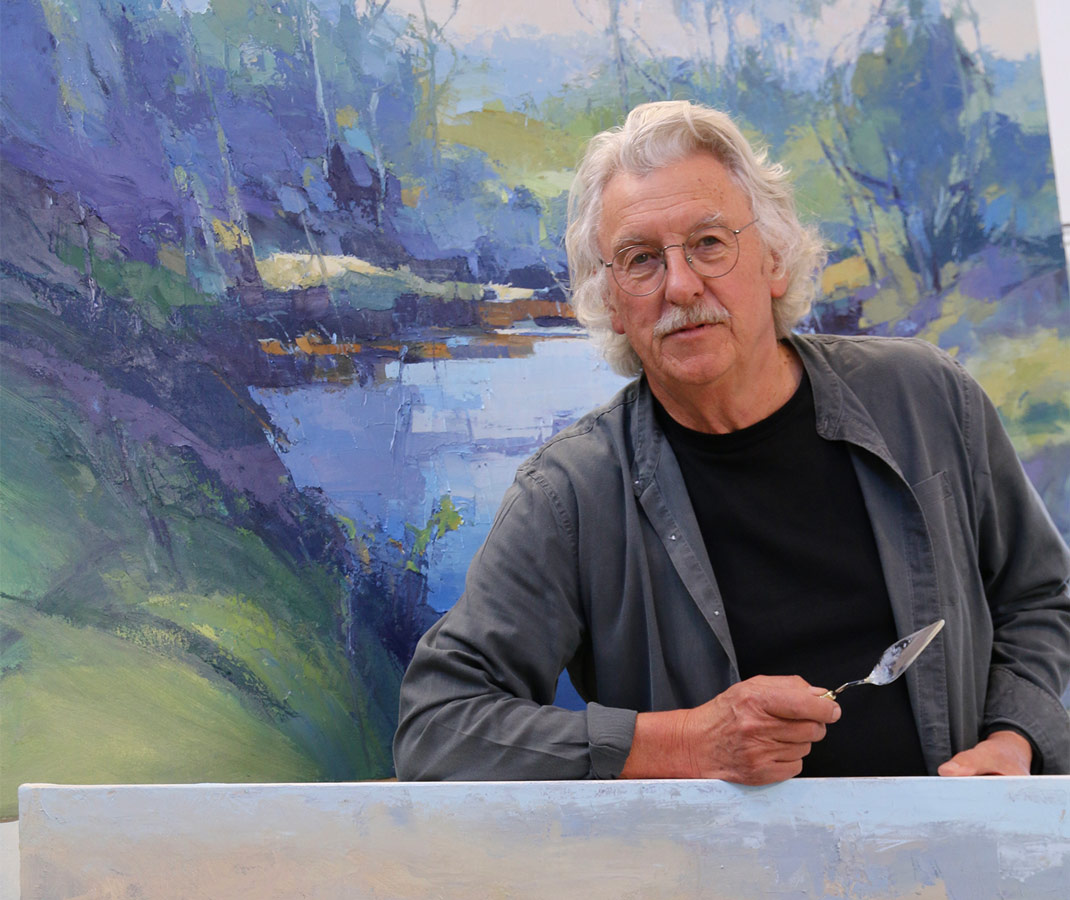John Lacey is enjoys painting in oil and expressing himself in impressionistic landscape and contemporary works on canvas. He has been working as a full time artist since 2004. John’s paintings have a strong sense of place although moving toward the abstract and have an underlying design quality, texture and colour which allows the viewer space for their interpretation.
JahRoc Galleries warmly welcomes John Lacey to our stable of artists and we invite you to get to know her in our Q&A below.
Enjoy getting to know John Lacey
When did you first feel the desire to be artist?
I thought I always had it in me from a young age and loved art at school. I wanted to go to Art School but I was told to get a real job. That was in 1964 and I was just sixteen years old.
It wasn’t until I was married and working as a motor body design draftsman and around 30 years old that I decided I needed to make a start. This was in the form of drawing, then pen and wash, followed by watercolour.
This was a big learning curve and basically self-taught. I painted in this medium for around fifteen years and sold almost everything I exhibited and won the occasional prize in local art shows.
Where did you learn your art?
As I said above I am self-taught, except I joined an art group where the professional artist who ran the group reiterated that if you want to get somewhere you will need to paint everyday. I was hooked, so it has been countless hours at the easel or outdoors en plein air. Then there was around 10 years of life drawing once a week.
After painting in watercolour I moved to acrylic for around five years and have now painted in oil for over twenty.
What inspires you the most?
It has definitely been the landscape, although I have dabbled in portraiture. After painting impressionistic landscape in various mediums for most of forty years I now prefer to paint my feelings and expression of the landscape. These are inspired by what we see, but are my interpretations that at times border on abstraction. These paintings are far more rewarding for me as I push the boundaries and explore possibilities.
What message are you sending to the viewer of your art?
It’s not a photograph, it’s art and an artistic expression. I find there are those who don’t understand it but there are plenty who do.
I find that often new collectors like to play it safe and want realism. I believe they have only just begun their journey and will grow in time toward expression and abstraction. It can be an interesting discussion and an absolute delight when a collector moves with your development.
I believe my expressive work has more to give the viewer allowing for interpretation which will give pleasure for many years, and it’s more of me than just a scene.
Describe your studio
I pinch myself daily to have found some thirteen years ago three acres around an hour south of Adelaide on the beautiful Fleurieu Peninsula, just waiting for development. I designed the studio with southern light. The southern wall is basically glass sliding doors to the outside with raked ceilings and a southern skylight approximately half way through the length of the studio. A small northern window allows me to keep in touch with what’s going on around us and adds a bit of warmth to the cooler and even southern light. It has inspirational views and the setting sun always amazes and inspires me.
Visitors always comment on the wonderful light filled space. There is plenty of storage space and ample room to paint in, stretch canvases and even teach or hold workshops for up to ten people. Then there’s the large storage area and racking for completed work, an entrance/admin area and gallery space to display my work. I love it.
Describe your typical day of creating art
Generally, I’m a pretty slow starter these days as I like to get any admin or other business out of the way in the morning. This generally also means a visit to the veggie garden. Then I may stretch a canvas or two and prepare the surface I like to paint on. I can say most days I don’t get started sketching or painting until after morning coffee and then end up with a late lunch and a bit of reading. Then it’s back to the easel until around 7.30 – 8pm in summer. My wife and I generally have a critique session with a glass of wine and a walk around the garden before a late dinner.
What mediums do you use and why?
I generally paint on primed canvas that I stretch myself. I then add a texture with acrylic impasto medium and a liberal coat of gesso. I love this surface as it responds to expressive marks of light washes of oil in my initial block in. Most paintings will have passages of this evident within the final painting.
I also love the flex of canvas when using the pallet knife, even when building up layers.
These days I use cold wax medium with my oil paint. I love the softness and matt finish it creates. It also adds body to the pigment, although you have to get the proportions right for use on canvas.
What are you working on now?
I am beginning to work on next year’s exhibitions, and have been inspired by the everchanging weather conditions and therefore my work is being influenced and is a response to our environment. I feel for the people effected by the ongoing floods, or should I say devastated by the destruction, but overlooking this, there is some amazing beauty to be found. Some of what we see and respond to, may be once in the lifetime of an artist.
I think a response to it is necessary as it records these events whether good or bad. And as a landscape artist I believe you have to respond to the everchanging conditions and use these as inspiration.
What are your recent career achievements you feel proud of?
In recent years (since Covid) I have only concentrated on exhibition commitments. Just keeping up with demand and timing has prevented me from entering art prizes to a degree. But I have been finalist in the Fleurieu Art prize, the Adelaide Hills Art Prize, the Waterhouse Art Prize and the Heysen Art Prize.
Locally, I have won over twenty awards, being best in show or medium or runner up. But I don’t go in these shows very often these days.
What do you love most about what you do?
I think it’s the fact of self expression, the love of creating and then giving pleasure and memories to others.
My work over the years has had an identifiable style which people have been drawn to, and I have taken much pleasure from their admiration. It’s now changing and so to the audience, but it’s self development as an artist I enjoy, as I believe that the thirst for creativity drives the change and development.
It has taken many years and brush hours of painting that contributes to a unique style. One that is becoming very identifiable as mine.
It’s quite interesting that only yesterday when talking to an old friend, who is now painting a bit, that he mentioned I have to consider commercial success. I answered him with, “the point of painting is for self expression from which enjoyment comes and its wonderful if the audience appreciates it enough to purchase it”.
I don’t think you can develop as an artist if you paint just for the audience who will purchase safe paintings.
Where can you see yourself in 10 years time?
Still painting I hope as that will make me 85. The plan is to not give up.
At this stage and the way my work is headed, I would think it will become more abstracted. It’s an interesting journey and one never knows exactly where it will end, but I love being inspired by the landscape and environment and expressing my thoughts and feelings in line, marks, tone and colour that is me. But I do think my work will always relate to place.
I love painting the landscape, and when en plein air the result is impressionistic, and I generally use these as studies in the studio for larger works.
Using these as the base of inspiration, I get excited about the possibilities the country has to offer and love to explore the many areas of the Australian landscape.
The studio gives me time to revisit and reflect, sketch and interpret my gathered information in various forms of expression. I get to know the subject and work on simplification of composition, painting small studies quickly with broad marks in oil, generally no larger than 20 cms square. It’s the freshness of stoke and line I create here that I transpose into my final pieces.
My expression comes from experience, but is not always just compiled from what I see at the time. The references, be it sketch, study or photography, are absorbed and distilled along with memories. It’s within the studio that I transport myself back to place and add my interpretation of being there in various forms of artistic expression which flows out of these life building experiences.
The landscape which we can see gives way to my interpretations of line, stokes and layers of oil pigment that builds my expressive story-telling on canvas. John Lacey
Curriculum Vitae
A professional artist since April 2004, John enjoys painting in oil and expressing himself in impressionistic landscape and contemporary works on canvas for many years.
Over the last few years there has been a gradual shift away from the impressionistic to more expressive interpretations of the landscape. This has been more evident in the last 12 months. These works are interpretations of place and tell the story and feelings John has experienced being there and then expressing them in the studio.
His work has been sought after since the mid eighties and is represented in many private collections throughout Australia and overseas. He exhibits regularly in SA, WA and NSW, having held 30 solo and many mixed exhibitions.
During the developmental years of John’s art career, he painted in watercolour and acrylic, winning the odd award and a following of his work. In early 2004 he changed mediums to oil and also ventured into expressive contemporary work which compliments his traditional style. Since changing mediums to oil, he has won numerous awards for both painting styles.
Born in South Australia in 1947 John’s experience began in his school years and would have loved to have attended art school but was told that he should get a real job. Although disappointed he found he enjoyed working as a Motor Body Design draftsman until his art interests were rekindled in the early eighties by a number of South Australia watercolourists. It was the softness of colour, light and atmosphere they created that captured his imagination. This lead him to improving his drawing skills and painting in watercolour, exhibiting and winning minor art prizes.
At this time, he found art a great release from the mundane tightness of day-to-day drafting activity. So much so that in 1984 he changed profession to Graphic Design, which involved more study and a lot more creativity. Although not having any formal painting tuition he was able to study colour theory and illustration within the Graphic Design course, both of which have helped his painting.
John’s work is ever evolving and he uses the landscape as the vehicle to express his creative thoughts. His paintings have a strong sense of place although moving toward the abstract and have an underlying design quality, texture and colour which allows the viewer space for their interpretation.
He further developed his drawing skills by attending life drawing and because of this he has a developing interest in portraiture. He is available for workshops and demonstrations.
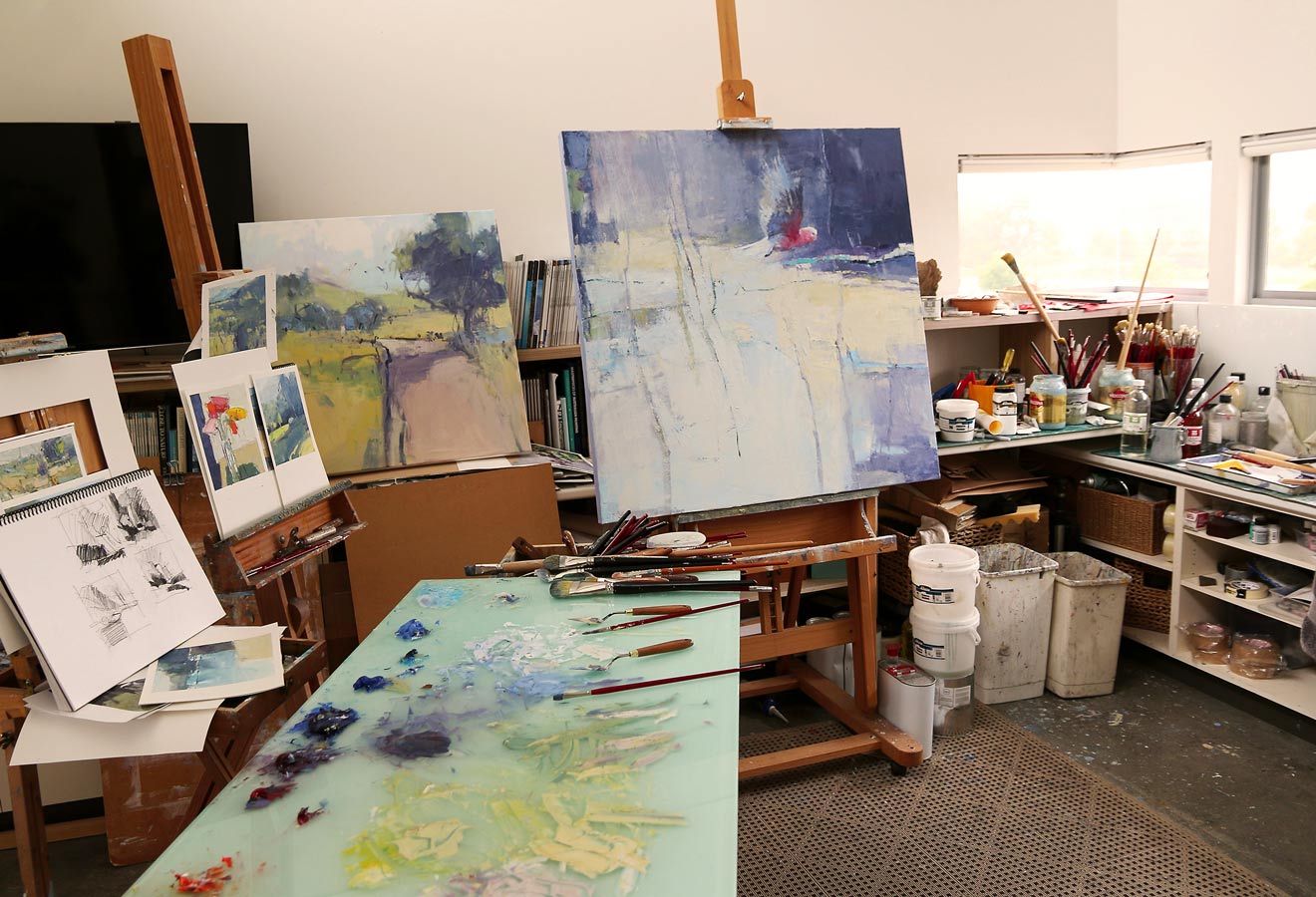
Recently Sold Paintings
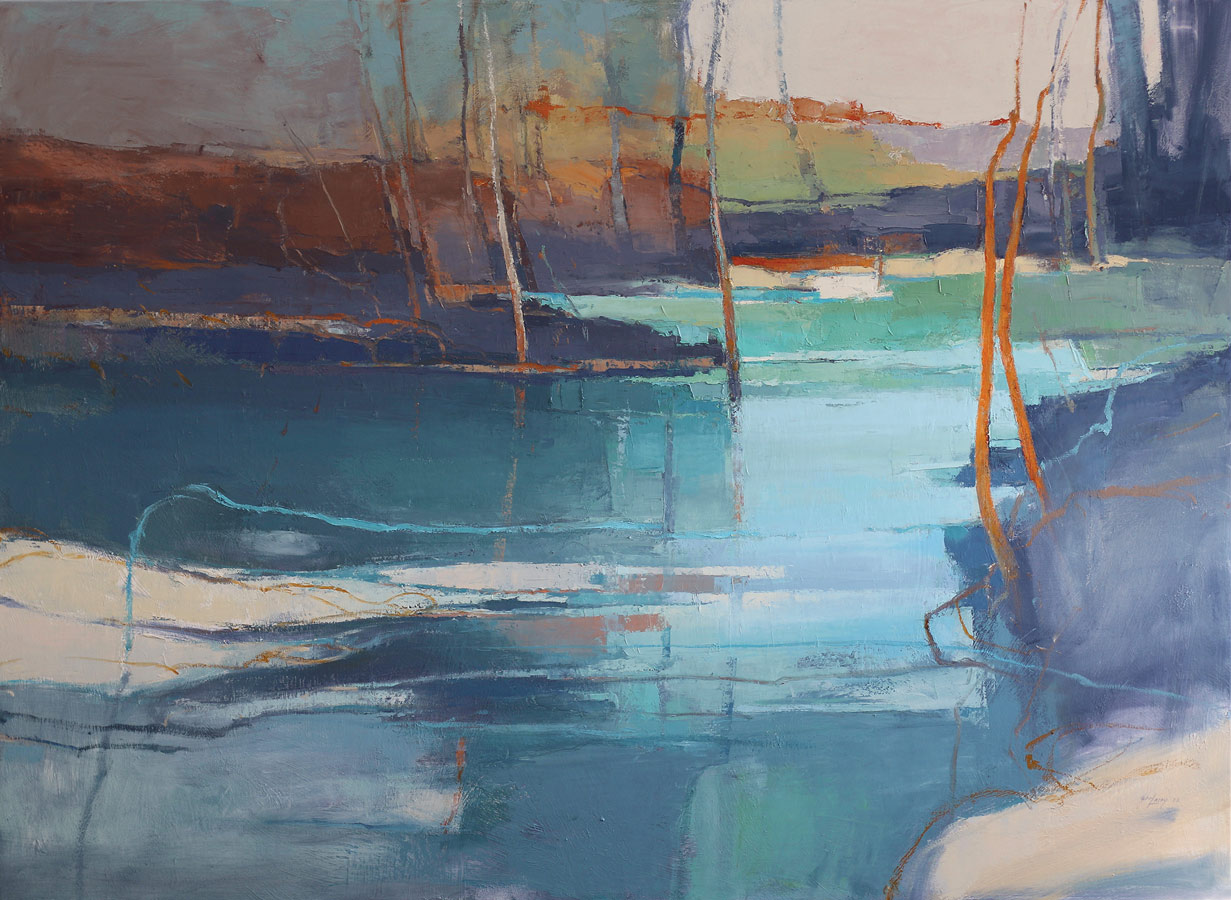
oil on canvas
152cm x 112cm
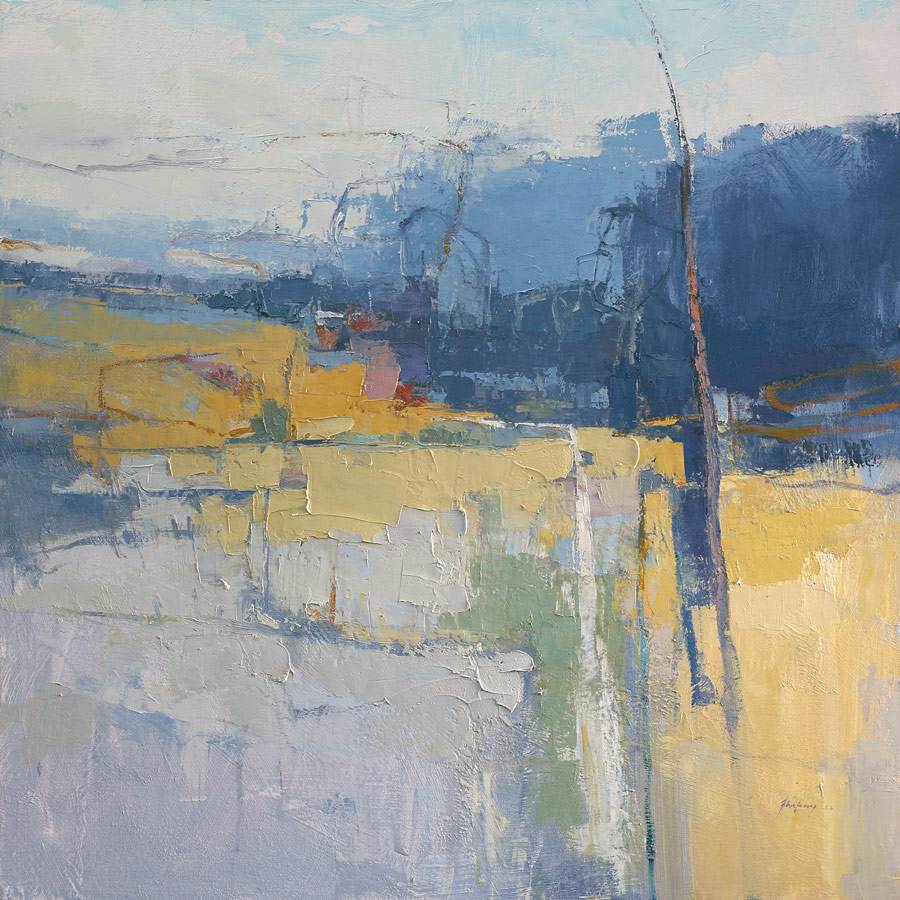
oil on canvas
83cm x83cm
SOLD
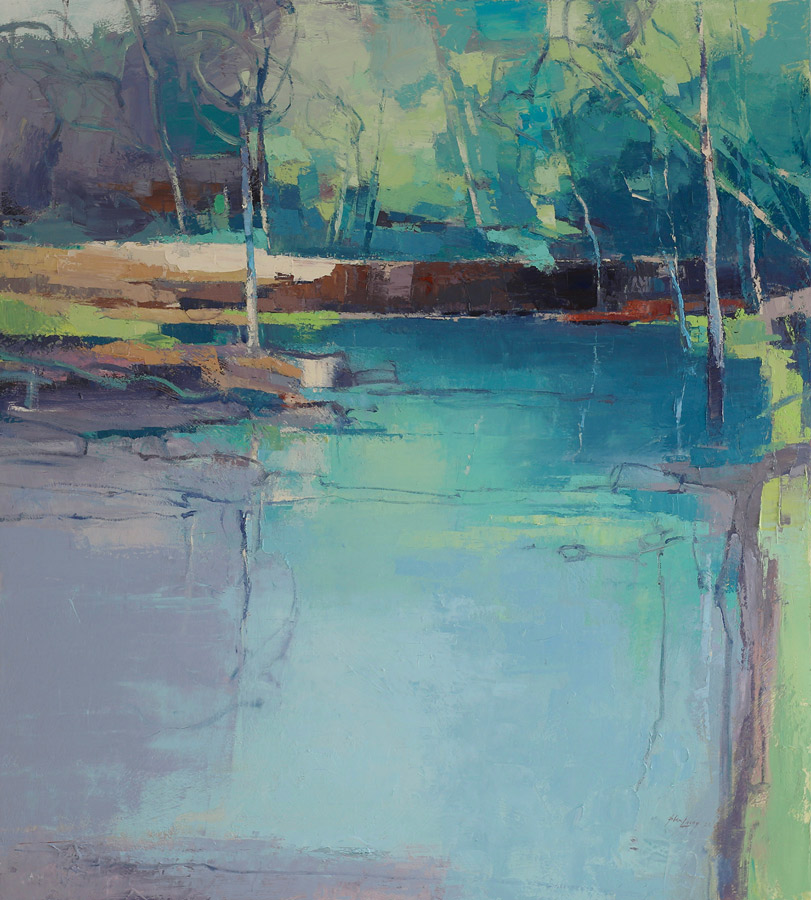
oil on canvas
101cm x 91cm
SOLD
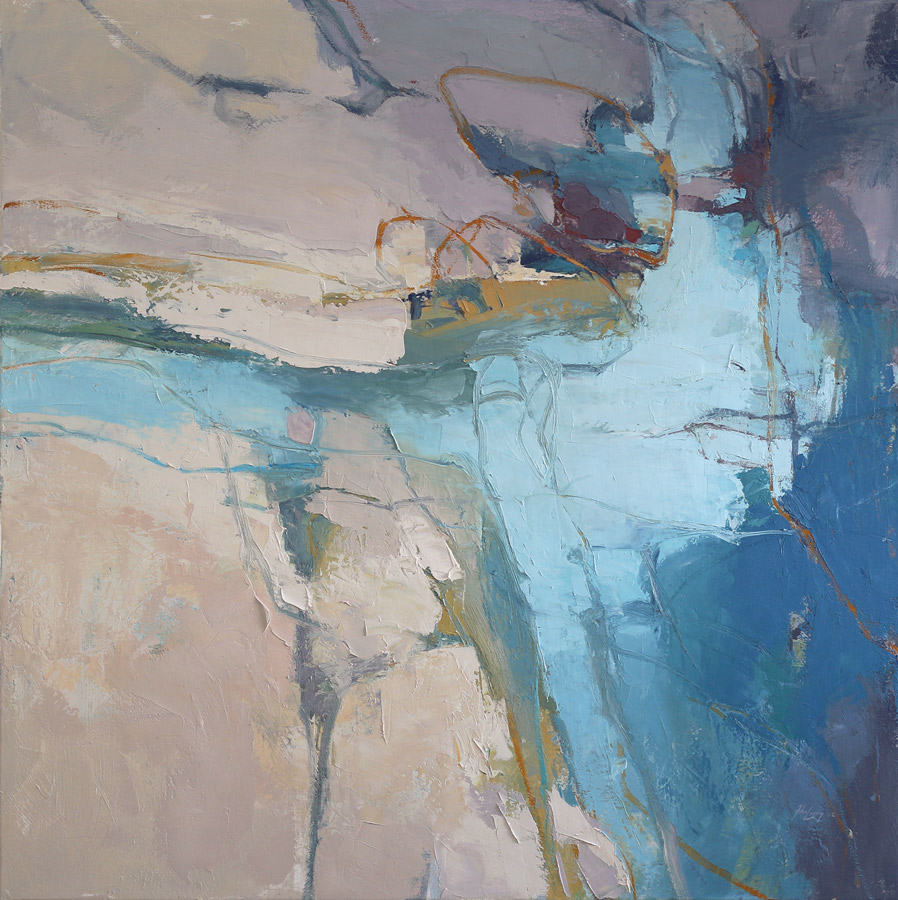
oil on canvas
91cm x 91cm
SOLD
We currently have no John Lacey Paintings for sale at JahRoc Galleries.
Contact Us to enquire about John Lacey

